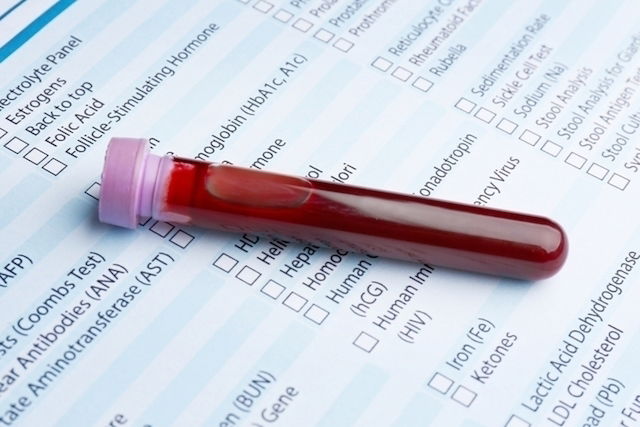Segmented neutrophils are the cells that are responsible for defending the body from foreign microorganisms. They are found in higher quantities than other types of neutrophils in the blood.
High or low segmented neutrophils in the blood may be a sign of something going on in the body. During an infection, for example, segmented neutrophil levels may be higher, as the immune system is working to fight foreign invaders.
Low levels, on the other hand, may be a sign of stress, and can often be noted alongside decreased levels of other types of white blood cells.

High segmented neutrophils
High segmented neutrophil levels are referred to as neutrophilia. They are considered to be high when above 8000 neutrophils per microliter, although this reference can vary from lab to lab.
Neutrophilia can be noted with many conditions, such as:
- Fungal, viral or bacteria infections
- Inflammation
- Rapidly-growing tumos, such as those found in the digestive tract or liver
- Hemorrhage
- Some medications, like corticosteroids for example
- Insect bites
- Myocardial infarct
- After intense exercise
- After surgery
In addition, increased segmented neutrophils can also be noted during delivery and in newborns, soon after birth. Doctors will usually interpret results alongside all test results to determine why neutrophil levels are high.
Low segmented neutrophils
Decreased levels of segmented neutrophils is referred to as neutropenia. They are considered to be low when below 1600 neutrophils per microliter, although this reference can vary from lab to lab.
Low levels can occur with bone marrow abnormalities, viral or bacterial neonatal infections, chemotherapy, alcoholism and autoimmune disease.
Reference values
Segmented neutrophil results are outlined in a complete blood count, particularly in the section of the report that looks at just white blood cells. In this section, you may also refer to the lymphocyte count and neutrophils (which segmented neutrophils are included in). The main reference value of segmented neutrophils may vary from lab to lab, although normal levels are between 1600 to 8000 neutrophils per micoliter, or approximately 35 to 66%.






























